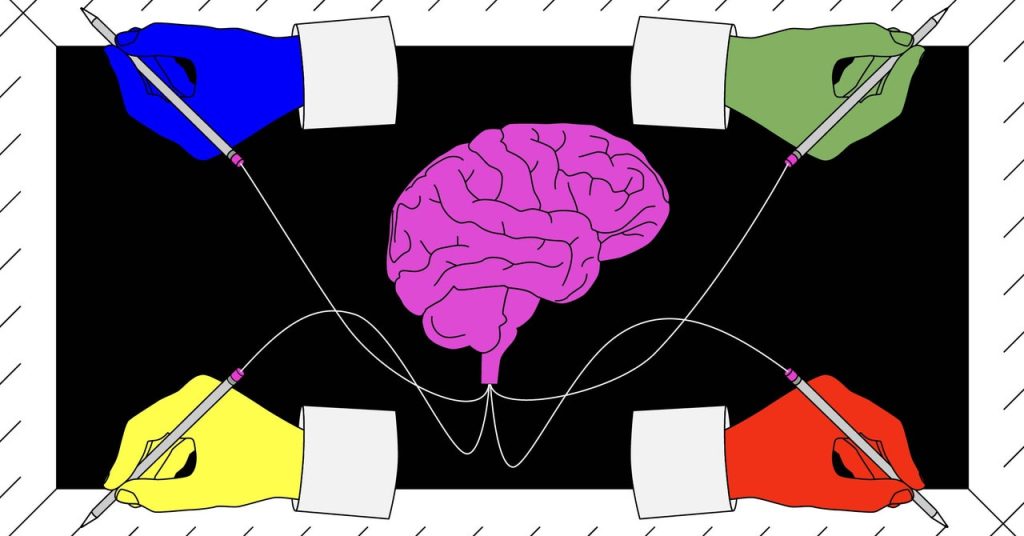Turnitin Reveals Staggering AI Usage in Student Papers
In a groundbreaking revelation, plagiarism detection giant Turnitin has unveiled that students have submitted over 22 million papers potentially utilizing generative AI within the past year alone.
The AI Conundrum in Education
The advent of generative AI chatbots, such as ChatGPT, sparked widespread apprehension about their potential to fabricate information and cite non-existent academic sources. These chatbots have also been caught generating biased content on sensitive topics like race and gender. Traces of chatbot usage have even been discovered in legal documents.
Educators are grappling with the challenge of holding students accountable for using generative AI without proper permission or disclosure. However, proving AI involvement in assignments requires a dependable method. Some instructors have resorted to improvised, untested approaches to enforce rules, causing distress among students. Further complicating matters, certain teachers are even employing generative AI in their grading processes.
The Intricacies of Detecting AI in Writing
Detecting the use of generative AI is a complex task, as it differs from flagging plagiarism. Generated text is still original content, making it harder to identify. Moreover, students utilize generative AI in various ways, ranging from asking chatbots to write entire papers to using them as brainstorming aids.
Students are not only tempted by large language models like ChatGPT but also by word spinners—AI software that rewrites text to make plagiarism or AI-generated work less apparent to teachers. Turnitin’s AI detector has been updated to detect word spinners and can even flag work rewritten by services like Grammarly, which now offers its own generative AI tool. As familiar software increasingly incorporates generative AI components, the boundaries of what students can and cannot use become increasingly blurred.
The Risks of Bias in Detection Tools
Detection tools themselves carry a risk of bias, particularly against English language learners. A 2023 study revealed a 61.3 percent false positive rate when evaluating Test of English as a Foreign Language (TOEFL) exams with seven different AI detectors. Although the study did not include Turnitin’s version, the company claims to have trained its detector on writing from both English language learners and native English speakers. A study published in October found Turnitin to be among the most accurate of 16 AI language detectors when examining undergraduate papers and AI-generated papers.
Universities Grapple with AI Detection Policies
While schools using Turnitin had access to the AI detection software for a free pilot period, a majority have opted to purchase the AI detection feature since the pilot ended at the beginning of this year. However, concerns about false positives and bias against English learners have prompted some universities, such as Montclair State University in New Jersey, Vanderbilt University, and Northwestern University, to pause the use of Turnitin’s AI detector.
“This is hard. I understand why people want a tool,” says Emily Isaacs, executive director of the Office of Faculty Excellence at Montclair State. But Isaacs says the university is concerned about potentially biased results from AI detectors, as well as the fact that the tools can’t provide confirmation the way they can with plagiarism.
Montclair State recognizes that AI will have a place in academia and does not want to impose a blanket ban. Isaacs emphasizes that the decision to pause AI detection is not permanent but rather a current stance that may change with time and increased trust in the tools.
Annie Chechitelli, Turnitin’s chief product officer, stresses that the AI detection tool should not be the sole factor in determining a student’s success or failure. Instead, it presents an opportunity for teachers to engage in nuanced conversations with students about the appropriate use of generative AI. As Chechitelli notes, “People don’t really know where that line should be.”

1 Comment
Artificial Intelligence taking over essays? Time for teachers to level up their plagiarism detectors!